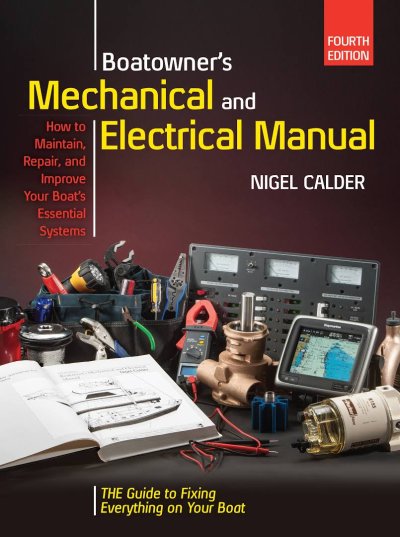seattleboatguy
Senior Member
I've been spending a little time each day with a multi-meter, trying to understand the rats nest of wiring on my boat. Like many old boats, it's a mess of epic proportions, but I'm slowly figuring out what runs where. One of the things that seems strange to me is that I'm seeing electrical continuity between the shore power ground wire and many of the 12 volt negative wires. Is that okay, and if so, what is the theory behind connecting these 2 systems?

